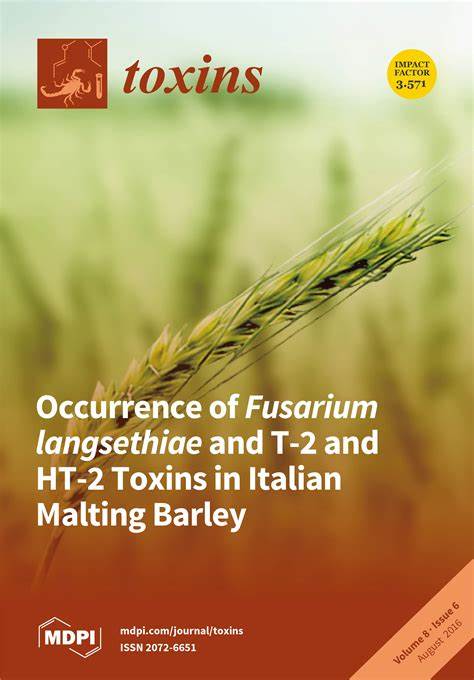Predictive Factors for the Successful Outcome of Urethral Sphincter Injections of Botulinum Toxin A for Non-Neurogenic Dysfunctional Voiding in Women
IF 3.9
3区 医学
Q2 FOOD SCIENCE & TECHNOLOGY
引用次数: 0
Abstract
Purpose: Dysfunctional voiding (DV) is not uncommon in women with non-neurogenic voiding dysfunction. Because of its unknown pathophysiology, effective and durable treatment is lacking. This study aimed to analyze the results of treatment and predictive factors for a successful outcome of botulinum toxin A (BoNT-A) treatment in female patients with DV. Methods: In total, 66 women with DV confirmed by a videourodynamic study (VUDS) were treated with a BoNT-A injection into the urethral sphincter once (n = 33) or several times (n = 33). VUDS was performed before (baseline) and after the BoNT-A treatment. Patients with a global response assessment of the voiding condition of 2 or 3 and a voiding efficiency (VE) of >20% than baseline were considered to have a successful outcome. The baseline demographics, VUDS parameters, and VUDS DV subtypes were compared between the successful and failed groups. Predictive factors for a successful outcome were investigated by logistic regression analyses. Results: Successful and failed outcomes were achieved in 27 (40.9%) and 39 (59.1%) women, respectively. After BoNT-A injections, the maximum flow rate (Qmax), voided volume, and VE all significantly increased, and the postvoid residual (PVR) was slightly improved. No significant difference in the number of injections and medical comorbidity was found between the groups. However, the successful group had a higher incidence of previous pelvic surgery. No significant difference in the treatment outcome was found among patients with different urethral obstruction sites. Significant improvements in Qmax, voided volume, PVR, VE, and the bladder outlet obstruction (BOO) index were noted in the successful group. A lower VE at baseline and a history of surgery were identified as predictive factors for a successful outcome of BoNT-A injections for treating DV. Conclusion: BoNT-A injections into the urethral sphincter can effectively improve VE in 40.9% of women with DV. Women with higher BOO grades and previous pelvic surgery are predicted to have a successful treatment outcome.尿道括约肌注射 A 型肉毒杆菌毒素治疗女性非神经源性排尿功能障碍的成功预测因素
目的:排尿功能障碍(DV)在患有非神经性排尿功能障碍的女性中并不少见。由于其病理生理学尚不清楚,因此缺乏有效而持久的治疗方法。本研究旨在分析 A 型肉毒杆菌毒素(BoNT-A)治疗女性排尿功能障碍患者的疗效以及成功治疗的预测因素。研究方法共有 66 名经视频尿动力学研究(VUDS)证实患有 DV 的女性患者接受了一次(33 人)或多次(33 人)尿道括约肌 BoNT-A 注射治疗。VUDS 在 BoNT-A 治疗前(基线)和治疗后进行。如果患者的排尿状况总体反应评估为 2 或 3,且排尿效率(VE)比基线高出 20%,则视为治疗成功。对成功组和失败组的基线人口统计学、VUDS 参数和 VUDS DV 亚型进行了比较。通过逻辑回归分析研究了成功结果的预测因素。结果:分别有 27 名(40.9%)和 39 名(59.1%)妇女获得了成功和失败的结果。注射 BoNT-A 后,最大流速(Qmax)、排尿量和 VE 均显著增加,排尿后残余物(PVR)略有改善。两组患者的注射次数和合并症无明显差异。不过,成功组曾接受过盆腔手术的发生率较高。不同尿道梗阻部位的患者在治疗效果上无明显差异。成功组的 Qmax、排尿量、PVR、VE 和膀胱出口梗阻(BOO)指数均有显著改善。基线VE较低和手术史被认为是BoNT-A注射治疗DV成功的预测因素。结论对尿道括约肌注射 BoNT-A 可有效改善 40.9% DV 女性的 VE。BOO分级较高和曾接受过盆腔手术的女性预计会获得成功的治疗结果。
本文章由计算机程序翻译,如有差异,请以英文原文为准。
求助全文
约1分钟内获得全文
求助全文
来源期刊

Toxins
TOXICOLOGY-
CiteScore
7.50
自引率
16.70%
发文量
765
审稿时长
16.24 days
期刊介绍:
Toxins (ISSN 2072-6651) is an international, peer-reviewed open access journal which provides an advanced forum for studies related to toxins and toxinology. It publishes reviews, regular research papers and short communications. Our aim is to encourage scientists to publish their experimental and theoretical results in as much detail as possible. There is no restriction on the length of the papers. The full experimental details must be provided so that the results can be reproduced.
 求助内容:
求助内容: 应助结果提醒方式:
应助结果提醒方式:


